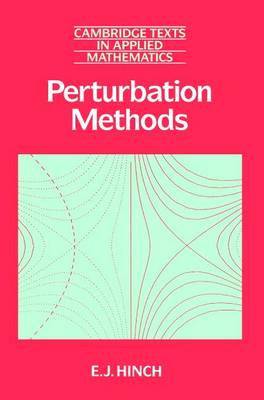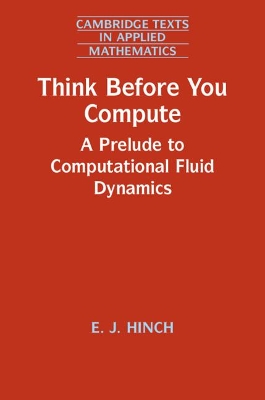Cambridge Texts in Applied Mathematics
2 total works
Perturbation methods are one of the fundamental tools used by all applied mathematicians and theoretical physicists. In this book, the author has managed to present the theory and techniques underlying such methods in a manner which will give the text wide appeal to students from a broad range of disciplines. Asymptotic expansions, strained coordinates and multiple scales are illustrated by copious use of examples drawn from all areas of applied mathematics and theoretical physics. The philosophy adopted is that there is no single or best method for such problems, but that one may exploit the small parameter given some experience and understanding of similar perturbation problems. The author does not look to perturbation methods to give quantitative answers but rather to give a physical understanding of the subtle balances in a complex problem.
Every fluid dynamicist will at some point need to use computation. Thinking about the physics, constraints and the requirements early on will be rewarded with benefits in time, effort, accuracy and expense. How these benefits can be realised is illustrated in this guide for would-be researchers and beginning graduate students to some of the standard methods and common pitfalls of computational fluid mechanics. Based on a lecture course that the author has developed over twenty years, the text is split into three parts. The quick introduction enables students to solve numerically a basic nonlinear problem by a simple method in just three hours. The follow-up part expands on all the key essentials, including discretisation (finite differences, finite elements and spectral methods), time-stepping and linear algebra. The final part is a selection of optional advanced topics, including hyperbolic equations, the representation of surfaces, the boundary integral method, the multigrid method, domain decomposition, the fast multipole method, particle methods and wavelets.

